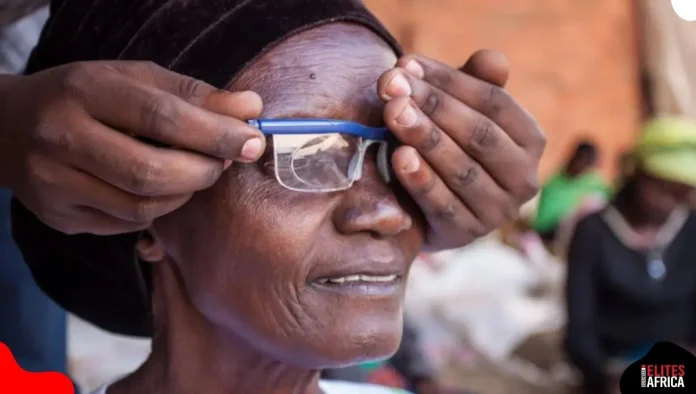
The World Health Organization (WHO) has drawn attention to a worsening eye health crisis across Africa. Millions of people on the continent are losing their vision to conditions that could have been easily prevented or treated simply because they lack access to basic eye care.
World Sight Day, celebrated every second Thursday in October, is a time to highlight the importance of good vision. But this year, WHO’s message comes with an urgent warning: eye health in Africa is deteriorating faster than many realize.
According to WHO’s Regional Director for Africa, Dr. Mohamed Yakub Janabi, only about a quarter of Africans who need cataract surgery receive it successfully, and just 30 percent of people with refractive errors like short-sightedness get proper treatment, such as eyeglasses.
“These figures are not just numbers,” Dr. Janabi said. “They represent real people, millions living with poor vision or blindness that could have been avoided.”
He acknowledged that Africa has made progress in fighting diseases like trachoma, onchocerciasis, and vitamin A deficiency. However, he warned that these achievements are now at risk because of new challenges, an aging population, unhealthy lifestyles, diabetes, and hypertension, all of which increase the risk of eye problems.
At the heart of the crisis are cataracts and uncorrected refractive errors, the two leading causes of blindness on the continent. Yet, only one-third of African countries have a national eye health policy. WHO says this shows a serious lack of political will and investment in eye care.
To reverse this trend, WHO and its partners have introduced several global initiatives. One of them is the SPECS 2030 programme, launched in 2024 to ensure that everyone who needs eye care can access affordable, high-quality, and people-centered services.
It aims to expand the eye health workforce, make treatments more affordable, and promote awareness about vision care.
Eight African countries have already started implementing the initiative, developing national plans and engaging local partners. WHO says these efforts build on earlier programmes like Vision 2020: The Right to Sight, which helped create cost-effective solutions for cataract blindness.
Still, WHO insists that much more needs to be done. Governments are being urged to make eye health a public priority by creating national strategies, training more professionals, and including vision services in health insurance packages.
WHO also recommends using digital tools like its free WHO Eyes app, which allows people to perform simple vision checks using their phones.
Dr. Janabi also reminded individuals that eye health starts with personal action. He encouraged regular eye tests, early treatment, and healthy habits like eating nutritious food, reducing screen time, and managing conditions such as diabetes.
“World Sight Day is not just for policymakers,” he said. “It’s a wake-up call for everyone. If we act together, governments, communities, and individuals, we can prevent millions of people from needlessly losing their sight.”
Africa’s failing eye crisis is not just a health issue, it’s a social and economic one. Without urgent action, millions risk living in darkness when their sight could have been saved.


